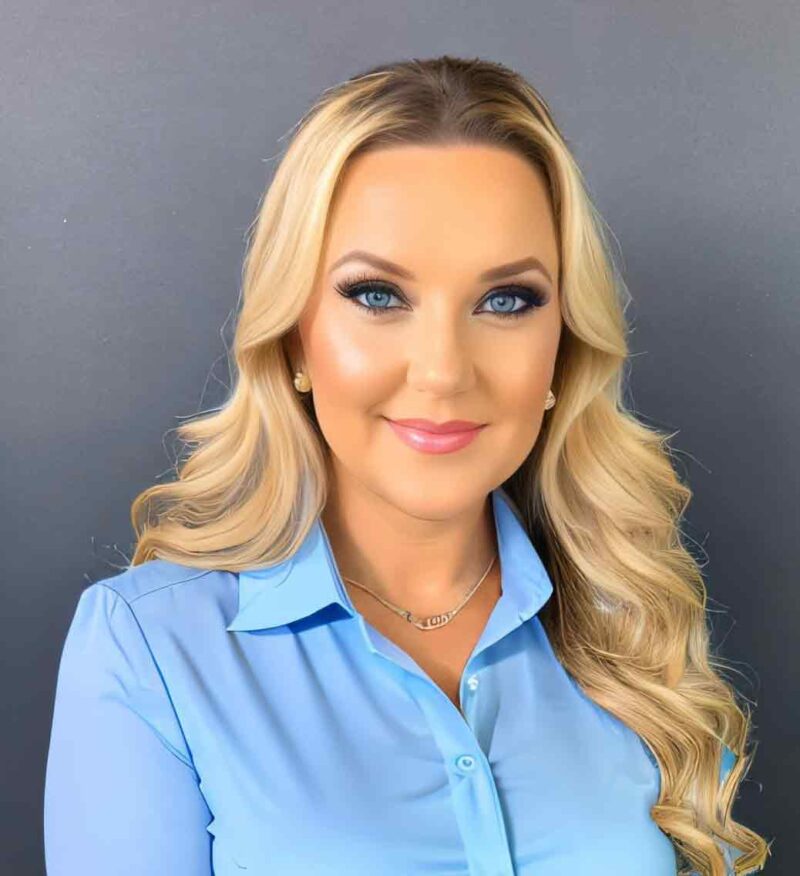Practice Management
Crafting the Perfect Job Description: A Blueprint for Independent Medical Practices
In today’s competitive healthcare landscape, the difference between a thriving medical practice and one that struggles often comes down to the quality of its staff. But how do you attract top talent? It all starts with a well-crafted job description. For independent medical practices, this seemingly simple document can be the key to unlocking a world of qualified candidates and long-term success.
Share This Story, Choose Your Platform!
The Hidden Power of Job Descriptions
Job descriptions are more than just a list of duties and qualifications. They’re your practice’s first impression on potential candidates, a legal safeguard, and a roadmap for employee performance. Yet, many medical practices underestimate their importance, often recycling outdated templates or hastily cobbling together requirements without strategic thought.
Why This Matters Now More Than Ever
The healthcare industry is undergoing rapid transformation. With the rise of telemedicine, changing patient expectations, and evolving regulatory landscapes, the roles within medical practices are shifting. Add to this the ongoing healthcare staffing shortages, and it becomes clear why crafting an effective job description is crucial.
Historically, job descriptions in healthcare were often clinical and impersonal, focusing solely on technical skills and certifications. However, today’s top candidates are looking for more. They want to understand the practice culture, growth opportunities, and how their role contributes to patient care and practice success.
Current trends show that practices with well-crafted job descriptions not only attract more qualified candidates but also experience lower turnover rates and higher employee satisfaction. In an industry where the cost of replacing a single physician can exceed $250,000, the stakes are high.
The Anatomy of an Effective Job Description
Creating a compelling job description is both an art and a science. Here’s how to structure yours for maximum impact:
- Job Title: Be specific and use industry-standard terms. For example, “Family Practice Physician” is better than “Medical Doctor.”
- Company Overview: Provide a brief, engaging snapshot of your practice, highlighting your unique culture and mission.
- Job Summary: Offer a concise overview of the role’s primary purpose and how it fits into the larger organization.
- Key Responsibilities: List the core duties, using action verbs and being as specific as possible.
- Qualifications: Clearly state required and preferred qualifications, including education, experience, and certifications.
- Skills and Competencies: Highlight both technical and soft skills necessary for success in the role.
- Benefits and Perks: Showcase what makes your practice an attractive place to work, beyond just salary.
- Equal Opportunity Statement: Include a statement affirming your commitment to diversity and inclusion.
Best Practices for Medical Practice Job Descriptions
- Use Clear, Concise Language: Avoid medical jargon unless absolutely necessary. Remember, your job description may be read by recruiters or HR professionals who aren’t medical experts.
- Highlight Growth Opportunities: Top candidates are often looking for career progression. Mention opportunities for professional development, leadership roles, or research participation.
- Emphasize Work-Life Balance: With burnout being a significant issue in healthcare, showcase how your practice supports employee wellbeing.
- Include Technology and Innovation: If your practice uses cutting-edge EMR systems or offers telemedicine services, mention this to attract tech-savvy candidates.
- Be Specific About Patient Interaction: Clearly outline the expected level and nature of patient contact, as this can be a key deciding factor for many healthcare professionals.
Implementing Your Job Description Strategy
- Audit Current Descriptions: Review your existing job descriptions. Are they up-to-date? Do they accurately reflect the role and your practice culture?
- Involve Current Employees: Ask staff in similar roles to review and provide input on job descriptions. They often have valuable insights into day-to-day responsibilities.
- Align with Practice Goals: Ensure each job description aligns with your practice’s overall mission and strategic objectives.
- Use an ATS-Friendly Format: If using an Applicant Tracking System, format your job descriptions to be easily parsed by these systems.
- Regular Reviews: Set a schedule to review and update job descriptions annually or whenever significant changes occur in the role or practice.
Future Trends in Healthcare Job Descriptions
As the healthcare landscape continues to evolve, so too will job descriptions. Some emerging trends to watch:
- AI and Machine Learning: Expect to see more roles requiring familiarity with AI-assisted diagnostic tools and data analysis.
- Patient Experience Focus: Job descriptions will likely place greater emphasis on patient satisfaction and experience management skills.
- Remote Work Capabilities: Even for traditionally in-person roles, the ability to conduct telemedicine or work remotely part-time may become standard.
Addressing Potential Drawbacks
While detailed job descriptions are generally beneficial, there are potential pitfalls to avoid:
- Over-specification: Being too specific can deter qualified candidates who don’t meet every single criterion.
- Legal Risks: Certain language or requirements could unintentionally discriminate against protected groups.
- Inflexibility: Overly rigid job descriptions can limit an employee’s ability to grow and adapt within the role.
To mitigate these risks, consider having your job descriptions reviewed by a legal professional and remain open to adjusting roles as your practice evolves.
Practical Tips for Immediate Implementation
- Use action verbs to describe responsibilities (e.g., “Diagnose and treat” instead of “Responsible for diagnosis and treatment”).
- Include a salary range to attract serious candidates and promote transparency.
- Highlight any unique aspects of your practice, such as a focus on preventive care or community outreach programs.
- Use bullet points for easy readability, especially for key responsibilities and qualifications.
- Include keywords relevant to the role to improve searchability on job boards.
Key Takeaways
- Well-crafted job descriptions are crucial for attracting top talent and reducing turnover in medical practices.
- Effective descriptions go beyond listing duties to showcase practice culture and growth opportunities.
- Regular audits and updates of job descriptions are necessary to keep pace with industry changes.
- Involving current employees in the creation process can provide valuable insights.
- Future job descriptions will likely focus more on technology skills, patient experience, and flexible working arrangements.
Conclusion
In the ever-evolving world of healthcare, your job descriptions are more than just a hiring tool – they’re a strategic asset. By investing time and thought into crafting compelling, accurate, and engaging job descriptions, you’re not just filling a position; you’re building the foundation for your practice’s future success.
Remember, every word in your job description is an opportunity to attract the right candidate who will contribute to your practice’s growth and patient care excellence. So, take the time to get it right. Your perfect candidate is out there, and a well-crafted job description is your best tool to bring them on board.
- Waldman, J. D., Kelly, F., Arora, S., & Smith, H. L. (2010). The shocking cost of turnover in health care. Health Care Management Review, 35(3), 206-211.
- Medical Group Management Association. (2021). 2021 MGMA DataDive Practice Operations.
- Society for Human Resource Management. (2022). SHRM Customized Human Capital Benchmarking Report.
- Dill, J. S., & Morgan, J. C. (2018). Employability among low-skill workers: Organizational expectations and practices in the US health care sector. Human Relations, 71(7), 1001-1022.
- Holtom, B. C., & Burch, T. C. (2016). A model of turnover-based disruption in customer services. Human Resource Management Review, 26(1), 25-36.
- Kossek, E. E., Rosokha, L. M., & Leana, C. (2020). Work schedule patching in health care: Exploring implementation approaches. Work and Occupations, 47(2), 228-261.
- Ployhart, R. E., Schmitt, N., & Tippins, N. T. (2017). Solving the Supreme Problem: 100 years of selection and recruitment at the Journal of Applied Psychology. Journal of Applied Psychology, 102(3), 291.
- Shanafelt, T. D., Dyrbye, L. N., Sinsky, C., Hasan, O., Satele, D., Sloan, J., & West, C. P. (2016). Relationship between clerical burden and characteristics of the electronic environment with physician burnout and professional satisfaction. Mayo Clinic Proceedings, 91(7), 836-848.
- U.S. Department of Labor. (2022). Fact Sheet #17A: Exemption for Executive, Administrative, Professional, Computer & Outside Sales Employees Under the Fair Labor Standards Act (FLSA).
- Zerwas, S., & Von Korff, M. (2021). Building high-functioning integrated behavioral health teams in primary care: Key components for success. Journal of Clinical Psychology in Medical Settings, 28(4), 667-675.





